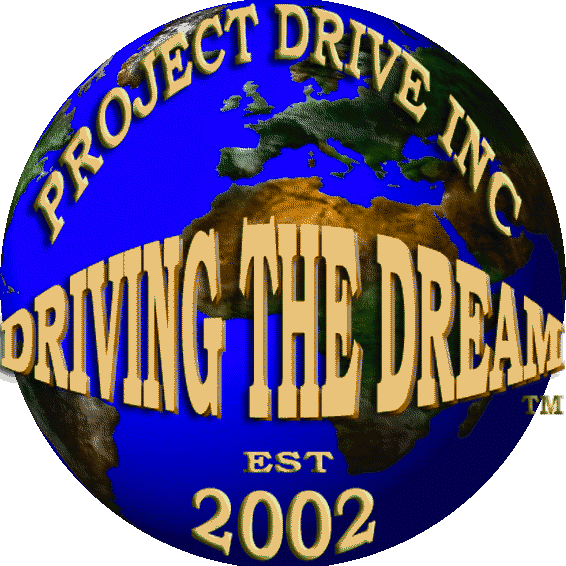A CALL TO REDEMPTION
Report on the Historical Background of Enslaved Black Population and Promised Reparations by the U.S. Government.
Introduction:
The history of the enslaved Black population in the United States is a tale of unimaginable suffering, exploitation, and resilience. From the arrival of the first enslaved Africans in the early 17th century to the abolition of slavery in 1865, millions of Black individuals were subjected to forced labor, violence, and dehumanization. Despite the promises of freedom and reparations made by the U.S. government following emancipation, these commitments were largely unfulfilled, leaving a legacy of injustice that persists to this day.
Historical Context:
The institution of slavery in the United States was rooted in racism, white supremacy, and economic exploitation. Enslaved individuals were treated as property, bought and sold like commodities, and subjected to brutal living and working conditions. Their labor was the foundation of the country's economy, fueling the growth of industries such as agriculture, textiles, and manufacturing.
Following the Civil War and the passage of the Emancipation Proclamation in 1863, enslaved Black individuals were promised freedom and the opportunity for reparations to repair the damage done by centuries of slavery. The Freedmen's Bureau and other government agencies were established to assist newly freed individuals in accessing education, land ownership, and economic opportunities.
Promise of Reparations:
In the aftermath of emancipation, the U.S. government made several promises of reparations to the formerly enslaved Black population. The most notable of these promises was the passage of Special Field Order No. 15, also known as the "40 acres and a mule" promise. This order, issued by General William T. Sherman in 1865, allocated land confiscated from Confederate landowners to newly freed individuals, along with the use of army mules to work the land. Additionally, the Freedmen's Bureau and other government agencies were tasked with providing assistance to newly freed individuals, including access to education, housing, and employment opportunities.
However, these promises of reparations were short-lived and largely unfulfilled due to political opposition, bureaucratic inefficiency, and the resurgence of white supremacist violence and intimidation tactics.
Legacy of Injustice:
The failure of the U.S. government to deliver on its promises of reparations had profound and far-reaching consequences for the descendants of the formerly enslaved Black population. Denied access to land, education, and economic opportunities, many Black individuals were forced into sharecropping and tenant farming arrangements, perpetuating cycles of poverty and economic exploitation.
Furthermore, the legacy of slavery and systemic racism continues to shape every aspect of American society, from housing and employment to education and criminal justice. The ongoing disparities and inequalities faced by Black communities are a direct result of centuries of institutionalized oppression and discrimination.
Conclusion:
The history of the enslaved Black population in the United States is a testament to the resilience and strength of the human spirit in the face of unimaginable adversity. Despite the promises of freedom and reparations made by the U.S. government following emancipation, these commitments were largely unfulfilled, leaving a legacy of injustice that persists to this day.
As we reflect on this history, it is imperative that we acknowledge the debt owed to the descendants of the formerly enslaved Black population and work towards meaningful reparations that address the enduring effects of slavery and systemic racism. Only through acknowledgment, reparations, and reconciliation can we begin to heal the wounds of the past and build a more just and equitable future for all.

Unauthorized use or reproduction of any content, including but not limited to text, images, and logos, is strictly prohibited without prior written permission from Project Drive Inc. Project Drive Inc. is a registered 501(c)(3) non-profit organization.
